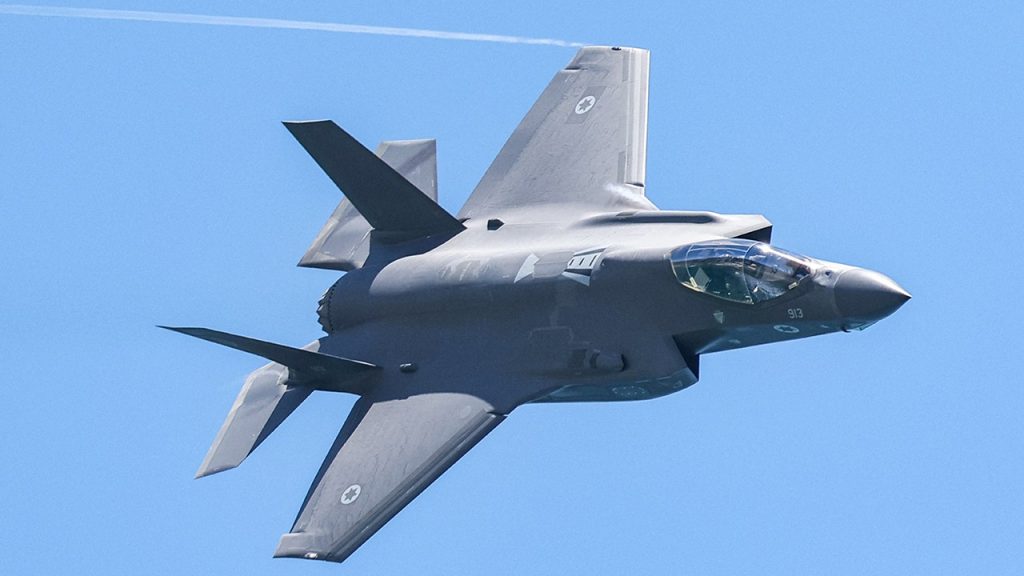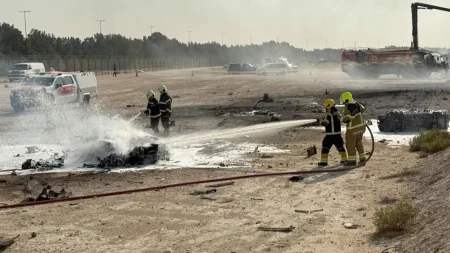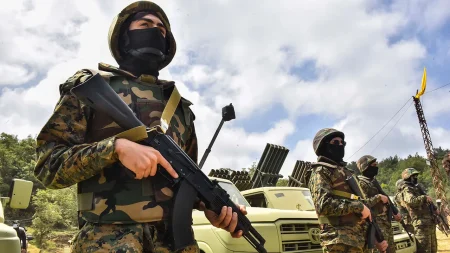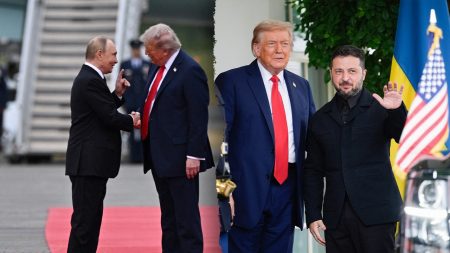Balancing Act: Saudi F-35 Deal Raises Concerns Over Chinese Technology Theft
As Saudi Arabia seeks to acquire the advanced F-35 fighter jet from the United States, a complex set of security considerations is taking center stage. At the heart of the debate lies China’s relentless efforts to obtain American military technology, raising serious questions about whether the U.S. should proceed with such a sensitive sale. Former U.S. Air Force General Charles Wald highlighted that similar concerns previously led the United States to deny F-35 access to both Turkey and the United Arab Emirates, noting that “the biggest issue with Saudi Arabia getting the F-35” would be the risk of Chinese exploitation. While Wald expressed moderate concern, he acknowledged that the threat wouldn’t necessarily come from deliberate Saudi transfer of technology but rather from China’s sophisticated intelligence-gathering capabilities targeting the advanced fighter jet.
China’s track record of penetrating U.S. defense programs suggests these concerns are well-founded. China expert Gordon Chang bluntly assessed the situation: “We should assume China has everything already. They already stole the whole plane once. They probably did it again.” For years, Chinese intelligence services have systematically harvested American military and aerospace technology, including stealth designs, propulsion systems, and advanced avionics. U.S. officials have previously connected Chinese cyber actors to thefts targeting premier American defense programs, with evidence of components resembling those found in fifth-generation fighters appearing in Chinese possession. Despite these serious security considerations, Chang argues for a balanced approach that weighs risks against strategic benefits, suggesting that “stripped-down F-35s” could be an acceptable compromise to strengthen the U.S.-Saudi relationship, particularly if it helps advance diplomatic progress with Israel through potential Abraham Accord agreements.
The United States employs specific safeguards to reduce risks in foreign military sales, but these protections have limitations. Former Defense Intelligence Agency Director Lt. Gen. Robert Ashley explained that “one of the things that we do through foreign military sales is end-use case monitoring protocol,” allowing close observation of how advanced systems are utilized. However, he candidly admitted these measures are “not absolute” in preventing technology leakage or exploitation. This reality creates a difficult calculus for U.S. policymakers weighing Saudi Arabia’s request against the backdrop of broader regional security dynamics, including defense assurances and potential diplomatic breakthroughs in the Middle East. Interestingly, Chang expressed more concern about South Korea potentially turning over F-35 plans to China than about Saudi Arabia, highlighting the complex nature of global technology security where traditional assumptions about allies and adversaries may not always hold true.
Despite these technology transfer concerns, retired military commanders believe a Saudi F-35 acquisition would not necessarily undermine Israel’s qualitative military edge in the region. General Wald emphasized that Israeli pilots, planners, and engineers maintain superior levels of training and innovation compared to other countries in the region, noting “there’s a big difference between the Israeli actual pilot capability than the other countries out there.” Israel has further enhanced this advantage by developing its own modifications to the F-35, creating additional capabilities that were reportedly used prior to Israel’s recent operations against Iran. This assessment suggests that while the hardware itself is important, the human element and technological adaptation capabilities remain critical differentiators that preserve Israel’s military advantages regardless of which regional actors might acquire similar platforms.
Timing considerations also provide some breathing room for policy development, as any approved F-35 sale to Saudi Arabia would take years to implement. “At the very least, there’s probably about a five-year window here before that would happen if they got the F-35,” Wald noted, suggesting that even if approved, delivery timelines would provide opportunity for additional security measures and evolving diplomatic conditions. This extended timeline could allow for thoughtful implementation of enhanced security protocols, technology modifications, or diplomatic agreements that might mitigate concerns about Chinese access. It also provides an opportunity to observe how technology security measures perform with other F-35 partner nations and adjust accordingly before additional aircraft enter the region.
Looking beyond the immediate security concerns, military experts see potential strategic benefits to having more F-35s operated by U.S. allies in the Middle East. Retired commanders Ashley and Wald suggested that additional F-35s could enhance shared situational awareness and strengthen collective defenses against Iran, a common adversary for both Saudi Arabia and the United States. Retired Vice Admiral Mark Fox highlighted a key technical advantage: “The one thing about F-35 is it talks to every other F-35. Having more F-35s in the region actually increases the capability of the coalition.” This networked capability creates a force multiplication effect where each additional aircraft enhances the effectiveness of all others in the system. This suggests that with proper security protocols in place, the strategic benefits of expanded F-35 deployment among trusted regional partners might outweigh the risks of potential technology exploitation by China, ultimately strengthening America’s position in the increasingly complex and contested Middle East security environment.















